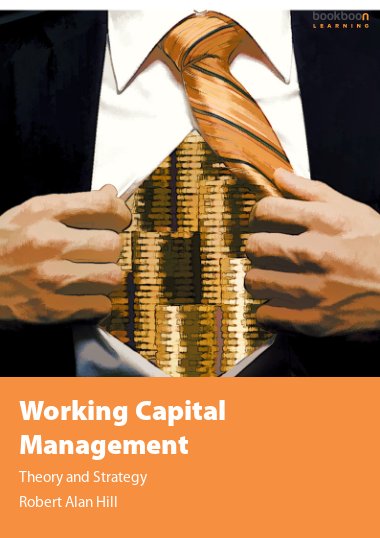This book critically evaluates the traditional accounting concepts of working capital within the context of strategic financial management underpinned by value maximisation criteria. The accounting convention that management must present an image of solvency and liquidity to the outside world by maintaining an excess of current assets over current liabilities is seriously questioned. A firm’s objectives should be to minimise current assets and maximise current liabilities compatible with its debt paying ability, based upon future cash profitability dictated by optimum terms of sale, which may be unique.

Description
Content
- An Overview
- Introduction
- Objectives of the Text
- Outline of the Text
- Summary and Conclusions
- Selected References
- The Objectives and Structure of Working Capital Management
- Introduction
- The Objectives of Working Capital Management
- The Structure of Working Capital
- Summary and Conclusions
- Selected References
- The Accounting Concept of Working Capital: A Critique
- Introduction
- The Accounting Notion of Solvency
- Liquidity and Accounting Profitability
- Financial Interpretation: An Overview
- Liquidity and Turnover
- Summary and Conclusions
- The Working Capital Cycle and Operating Efficiency
- Introduction
- The Working Capital Cycle
- Operating Efficiency
- Summary and Conclusions
- Real World Considerations and the Credit Related Funds System
- Introduction
- Real World Considerations
- The Credit Related Funds System
- Summary and Conclusions
- Selected References